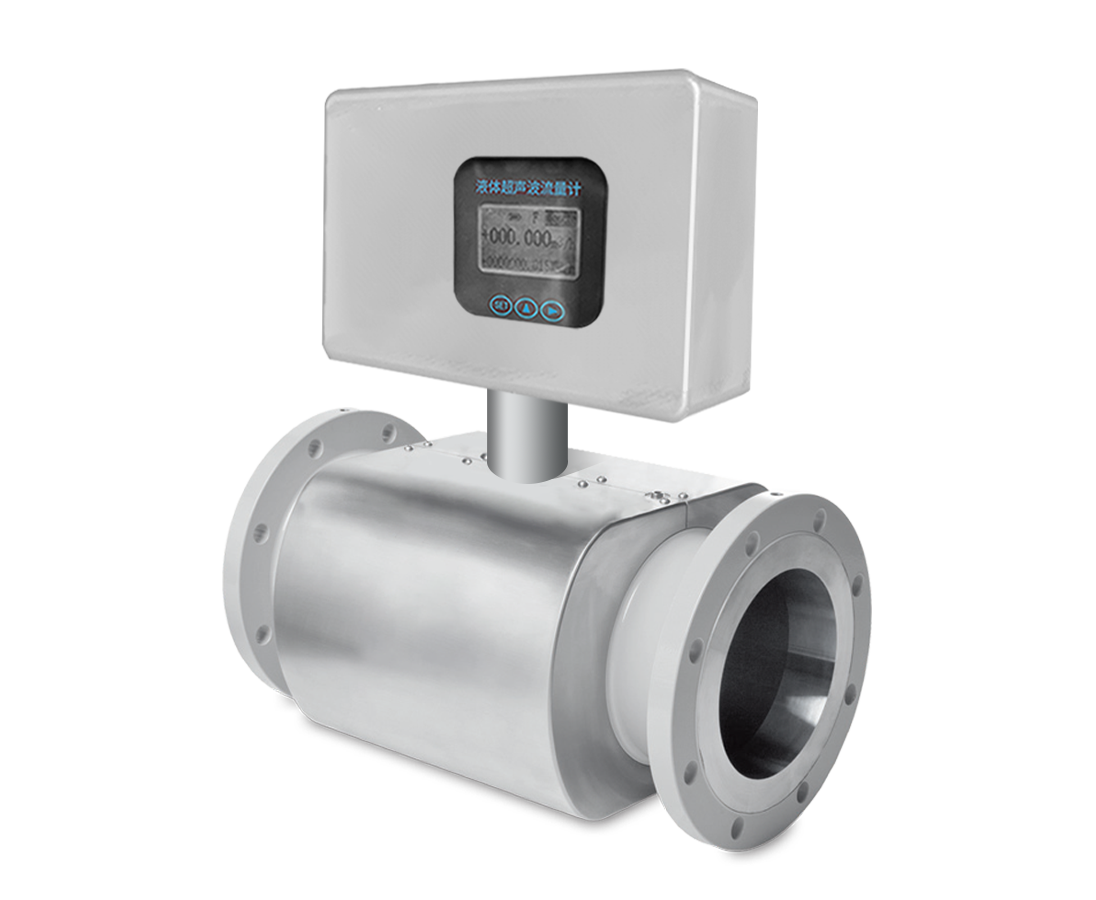Ultrasonic Flowmeters: A World of their own
Ever stopped to think how machines might be accurately calculating the flow of liquids within pipes? A particularly interesting approach is the way ultrasonic flowmeters are used, just to provide one example. Utilizing the mystical properties of sound, these revolutionary tools allow an audiometric - or something along those lines-"snapshot" from detailed recording and measurement of the movement of liquid in a pipe (something traditional visual methods are unable to achieve)
Going Beyond Basics Of Ultrasonic Flow Measurement
Ultrasonic flow measurement is a complex process and it starts with the transmission of sound waves into moving liquid in pipe. Sound waves propagate the liquid and bounce back to sensors on a housing mounted outside the pipe. Knowing exactly how far apart the sensors are and measuring very precisely to account for any delay in a sound travelling between them allows us determine with high accuracy just what speed the liquid is going.
Variety of Ultrasonic Flow Meters
In the world of ultrasonic flow measurement, there are two major types: transit-time and Doppler flowmeters. Transit-time flowmeters use two sensors which send and receive sound waves, whereas Doppler flowmeters have only one sensor that measures the speed of a liquid based on sound waves reflected by particles in the fluid.
Role of Ultrasonic Flowmeters: Industrial Scope
Top 3 Industrial Applications of Ultrasonic FlowmetersThat accompany long-range and adaptability, there are different industrial areas which can profit through the width functionality such as chemical industry & water treatment plant; State of the art tools that are great for measuring a variety of different liquids, even contaminated or corrosive ones and with absolutely no physical contact. This non-intrusive nature adds not only to the safety but also gives out high accuracy essential for industries requiring precise measurements in production and quality applications.
Innovative in Ultrasonic Flow Measurement
Advances in technology have improved precision and efficiency of ultrasonic flow measurement. Some advancements like having different sensors integrated into one flowmeter have redefined the area making it possible to afford liquid monitoring center level precision. In addition, the development of clamped-on sensors mounted on outside pipes enable complete measurement in situations where regular sensor installation techniques are not viable.
In truth, the world of ultrasonic flowmeters is an interesting crossroads where technology and science meet, providing a fast yet accurate measurement solution for measuring liquid flow in pipelines. Technological improvements over time are pushing both accuracy and reliability of these new era tools to such a level that assume they would take a much significant role in different industry applications going forward.
 EN
EN
 AR
AR BG
BG HR
HR CS
CS DA
DA NL
NL FI
FI FR
FR DE
DE EL
EL HI
HI IT
IT KO
KO NO
NO PL
PL PT
PT RO
RO RU
RU ES
ES SV
SV CA
CA TL
TL ID
ID LT
LT SR
SR VI
VI HU
HU TH
TH TR
TR MS
MS GA
GA BE
BE MK
MK BN
BN LO
LO LA
LA MN
MN NE
NE MY
MY




